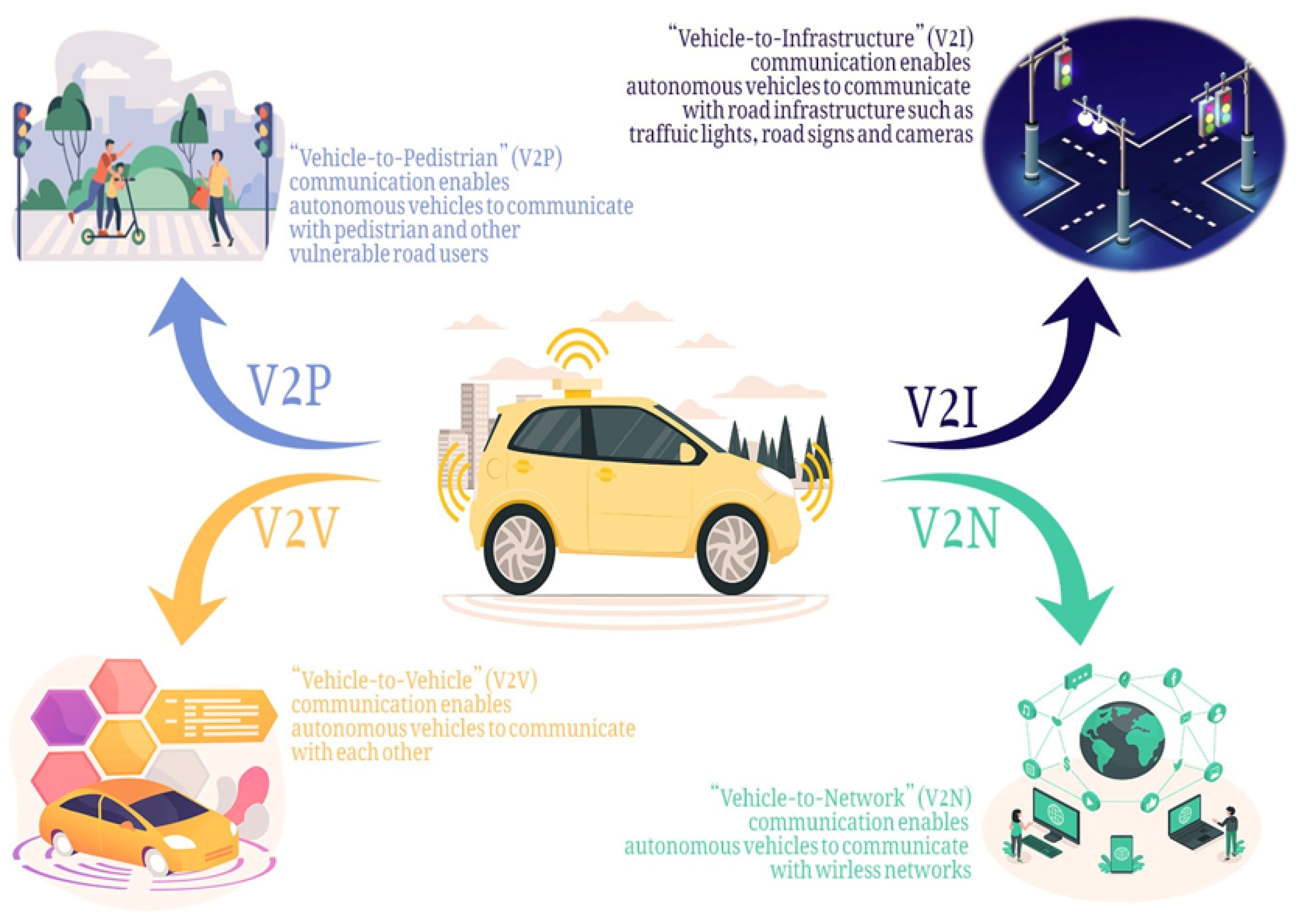Improving Emission Control Systems Through Car Diagnostics
Car diagnostics play a vital role in improving emission control systems. Introducing comprehensive car diagnostics can significantly enhance the functionality and efficiency of emission control systems.
By closely monitoring and analyzing the performance of various car components and subsystems, such as the engine, exhaust system, and sensors, diagnostics can identify and rectify any potential issues affecting emissions. Through real-time data gathering and analysis, car diagnostics can optimize the control of exhaust emissions, improving overall efficiency and reducing harmful pollutants.
Additionally, diagnostics enable early detection of faults, allowing for timely maintenance and repairs that can prevent further damage and ensure that the vehicle operates within prescribed emission standards. We will explore the importance of car diagnostics in improving emission control systems, highlighting its benefits for both the environment and vehicle owners.
Challenges In Emission Control
Emission Control Regulations
Emission control regulations mandate strict compliance with emission standards.
Technical Complexity Of Emission Control Systems
Addressing technical complexity requires proficiency in diagnosing on-board systems.

Credit: www.mdpi.com
Role Of Car Diagnostics
Car diagnostics plays a crucial role in improving the emission control systems of vehicles. With the increasing concern about environmental pollution, it has become essential for car owners and manufacturers to implement effective measures to reduce harmful emissions. Car diagnostics provides a valuable tool for achieving this goal by allowing real-time monitoring of emissions and identifying malfunctioning components that contribute to high levels of pollution. In this blog post, we will explore the role of car diagnostics in emission control systems, highlighting the advantages and benefits it offers.
Real-time Monitoring Of Emissions
In order to effectively control emissions, it is crucial to have real-time data on the levels of pollutants being emitted by a vehicle. Car diagnostics systems allow for the collection of this data, enabling car owners and manufacturers to monitor emissions on an ongoing basis. This real-time monitoring helps in identifying any sudden increase in pollutant levels, allowing prompt actions to be taken to rectify the issue. By having this data readily available, it becomes easier to evaluate the effectiveness of emission control measures and make necessary adjustments.
Identifying Malfunctioning Components
Car diagnostics systems play a key role in identifying malfunctioning components that can contribute to high emissions. These systems utilize various sensors and monitoring tools to detect any abnormalities or irregularities in the vehicle’s performance. By analyzing the data collected through car diagnostics, it becomes possible to pinpoint the specific components that are not functioning optimally and causing excessive emissions. This information allows mechanics and technicians to focus their efforts on repairing or replacing the faulty components, ensuring the vehicle operates efficiently and emits significantly lower levels of pollutants.
Advancements In Car Diagnostic Technology
The automotive industry is constantly evolving, and so is the technology used to diagnose and improve car emission control systems. Advancements in car diagnostic technology have paved the way for more accurate and efficient methods of diagnosing and resolving issues related to emissions. In this article, we will explore two key advancements in car diagnostic technology that have revolutionized emission control systems – integration of AI and machine learning, and wireless diagnostics and remote monitoring.
Integration Of Ai And Machine Learning
Integration of AI and machine learning has significantly enhanced car diagnostics by enabling vehicles to gather and analyze a vast amount of data. This advancement allows the cars to not only detect but also predict potential issues related to emission control systems, leading to more proactive maintenance and prevention of emission-related problems. By utilizing AI algorithms, the car’s diagnostic system can identify patterns and anomalies in real-time, quickly diagnose the root cause of emission issues, and suggest the most effective solutions.
Moreover, this integration enables continuous learning, as the AI algorithms become more refined and accurate over time by analyzing historical data and feedback from mechanics and technicians. As a result, emission control systems can be optimized, and potential problems can be predicted and addressed even before they occur. This not only improves the overall performance and efficiency of the emission control system but also reduces the environmental impact of vehicles.
Wireless Diagnostics And Remote Monitoring
Another significant advancement in car diagnostic technology is the advent of wireless diagnostics and remote monitoring. Traditional diagnostic methods often required physical access to the vehicle, making it time-consuming and inconvenient. However, with the integration of wireless technology, diagnostics can be performed remotely, eliminating the need for the vehicle to be physically present at the service center.
This technology allows mechanics and technicians to access the car’s diagnostic data from a distance, making it easier and quicker to diagnose emission-related issues. They can connect to the vehicle’s onboard diagnostics system and retrieve real-time data related to emission control parameters, performance indicators, and error codes. This remote access allows for swift and accurate diagnoses, reducing both the time and cost associated with resolving emission-related problems.
Furthermore, wireless diagnostics and remote monitoring also enable continuous monitoring and real-time analysis of the car’s emission control system. Mechanics and technicians can remotely monitor the emissions performance, troubleshoot errors, and even update the car’s software, if necessary. This capability enhances the efficiency of emission control systems and ensures that they comply with the latest regulations and standards, thus contributing to a cleaner and greener environment.

Credit: view.publitas.com
Impact On Environmental Compliance
Implementing car diagnostics for emission control has a significant impact on environmental compliance, leading to reduction of harmful emissions and ensuring vehicles adhere to stringent emission standards.
Reduction Of Harmful Emissions
Car diagnostics enable the identification and repair of emission-related issues, resulting in lower emissions from vehicles, which contributes to improved air quality and environmental health.
Compliance With Stringent Emission Standards
By utilizing car diagnostics, vehicles can meet strict and regulated emission standards, aiding in compliance with environmental regulations and facilitating sustainable transportation practices.
Cost And Efficiency Considerations
When it comes to emission control systems in vehicles, considering the cost and efficiency is paramount. Cost and Efficiency Considerations play a crucial role in the decision-making process when it comes to implementing car diagnostics for improving emission control systems.
Cost-effectiveness Of Diagnostic Solutions
Implementing diagnostic solutions in emission control systems can be highly cost-effective in the long run. By accurately pinpointing issues and providing real-time data, these solutions help in minimizing repair costs and preventing potential damage to the vehicle’s emissions components.
Enhancing Overall System Efficiency
Integrating car diagnostics for emission control systems is instrumental in enhancing the overall efficiency of the system. By promptly identifying and resolving issues, these advanced diagnostic tools contribute to greater fuel efficiency and reduced emissions, leading to a more eco-friendly and cost-efficient vehicle operation.

Credit: view.publitas.com
Frequently Asked Questions On Improving Emission Control Systems Through Car Diagnostics
How Do I Know If My Car Is Obd2 Compliant?
To check OBD2 compliance, locate the OBD2 port in your car. It’s usually under the dashboard. If the port is present, your car is OBD2 compliant. You can also look for a label specifying OBD2 compliance under the hood.
What Information Does Obd2 Provide?
Obd2 provides real-time data on your vehicle’s engine, including diagnostic trouble codes, engine performance, and emissions monitoring.
What Cars Does Obd2 Work On?
OBD2 works on most cars. It’s a universal system used for vehicle diagnostics.
What Is Obd And Obd2?
OBD stands for On-Board Diagnostics, which is a computer system in vehicles that monitors and reports on various components. OBD2, or OBD-II, is the second generation of this system, introduced in the 1990s. It provides more advanced diagnostic capabilities and is the standard used in most vehicles today.
Conclusion
Incorporating car diagnostics into emission control can enhance vehicle performance and reduce harmful pollutants. With real-time monitoring and prompt maintenance, we can achieve greener and more efficient transportation. Embracing technology-driven solutions is crucial for a sustainable future in automotive industries.
Let’s drive towards cleaner air together.

